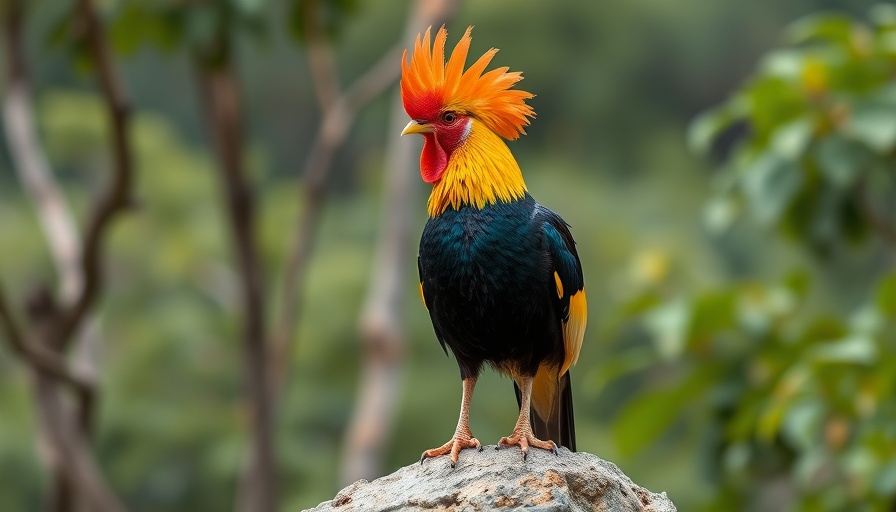
The Remarkable Gallito de las Rocas Peruano
Peru boasts a national treasure that captivates bird lovers and nature enthusiasts alike: the gallito de las rocas peruano. Known for its striking appearance and distinctive sounds, this avian icon embodies the vibrant spirit of the Andean cloud forests.
A Unique Appearance
The male gallito de las rocas flaunts a stunning bright red plumage, complemented by a crown-like crest resembling the helmet of a warrior. This flamboyant look is not just for show; it plays a crucial role in mating rituals. During the breeding season, males gather in groups at specific locations called leks to display their vibrant colors and perform elaborate courtship dances. Their singing resembles a curious blend of chainsaws and squealing pigs, adding an oddly enchanting soundtrack to the Andes.
The Courtship Ritual
As the males engage in head-bobbing, wing-flapping, and simulated fights, females, with their more subdued brown feathers, observe attentively. These discerning birds choose their partners based on the males' performances. Once a female selects her mate, she departs to construct a nest high on a cliff, leaving the male behind to continue his displays for other interested females.
Conservation Amidst Beauty
Understanding the gallito de las rocas peruano is more than just an appreciation of its beauty; it reflects broader conservation efforts. Protecting its habitat in the Andes helps safeguard a diverse ecosystem that's critical not just for this species but for countless others that share the forest's space. As we delve deeper into the intricate lives of these birds, we recognize the importance of environmental stewardship in ensuring that future generations can enjoy their remarkable songs and stunning appearances.
Final Thoughts
The gallito de las rocas peruano is more than the national bird of Peru; it is a symbol of the rich biodiversity of the Andean region. Observing their vibrant displays and melodious calls offers us a profound connection to nature and the importance of protecting our feathered friends.
 Add Row
Add Row  Add
Add 




Write A Comment